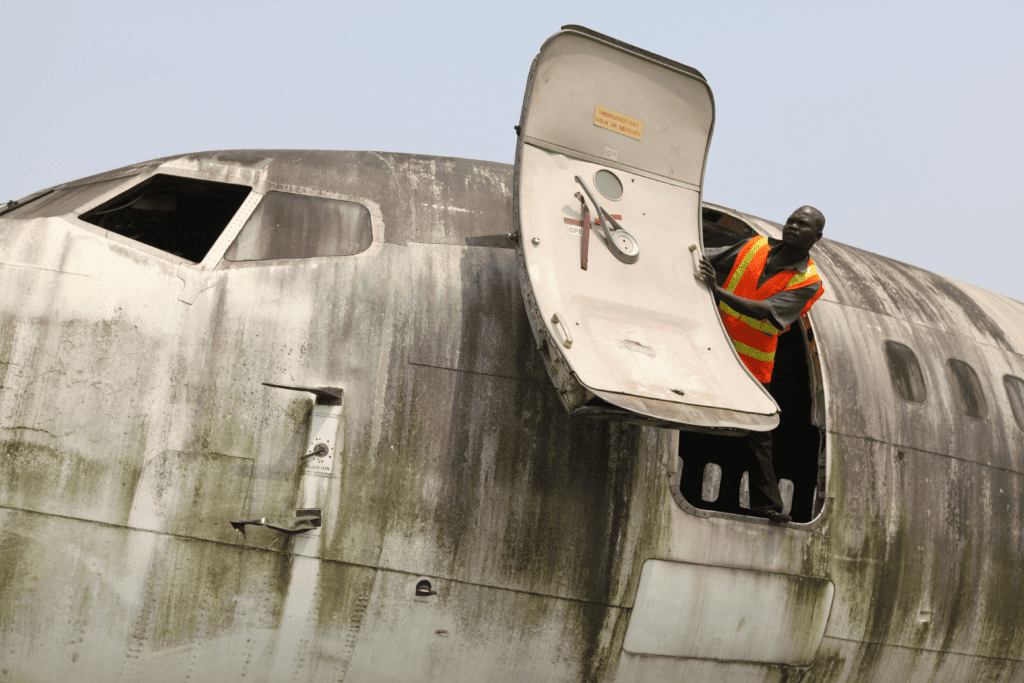
An airplane’s maximum flight life is an interesting subject. An aircraft’s lifespan is typically expressed in flight hours and cycles, where a cycle consists of one takeoff and landing. Depending on the model and level of use, the typical lifespan of a commercial airliner might vary from 20 to 36 years.
For example, a Boeing 747 is intended to operate for about 35,000 cycles, or about 30 years, under normal operating conditions. Nevertheless, depending on the kind of trips the aircraft makes, this can change dramatically. Short-haul aircraft have more frequent pressurization and depressurization cycles, resulting in shorter aircraft lifespans. In contrast, long-haul aircraft encounter fewer pressurization cycles.

An aircraft’s lifespan can be increased in large part through maintenance. An aircraft can remain in operation much beyond its anticipated lifespan with routine inspections, maintenance, and overhauls. Certain aircraft can operate for several decades, especially if they are deployed in less demanding tasks or have strict maintenance regimens.
Aircraft get less fuel-efficient and require more maintenance as they get older. Airlines eventually find it more economical to swap out their aging aircraft with newer, more efficient versions that have reduced operating expenses and higher performance.





